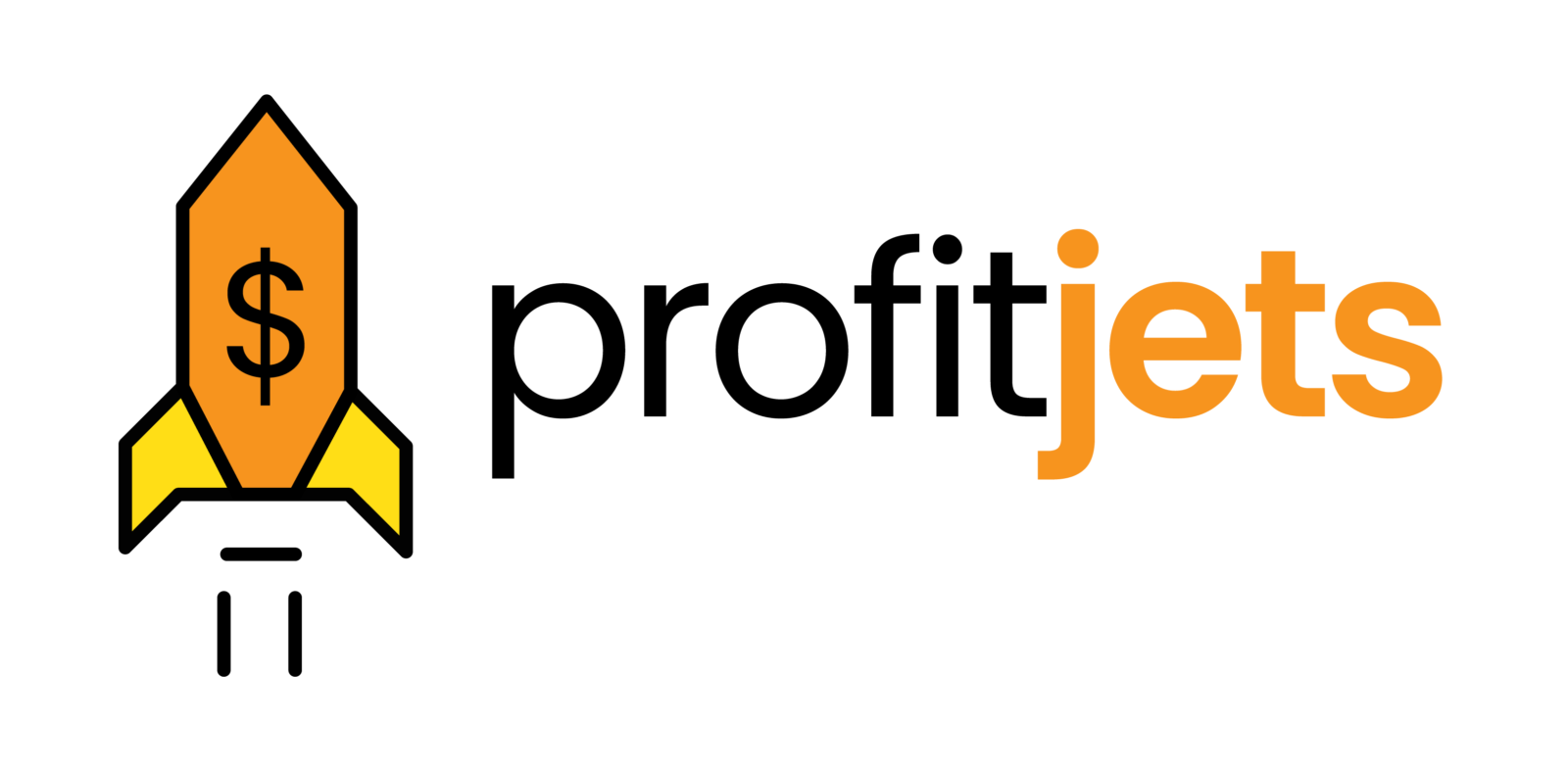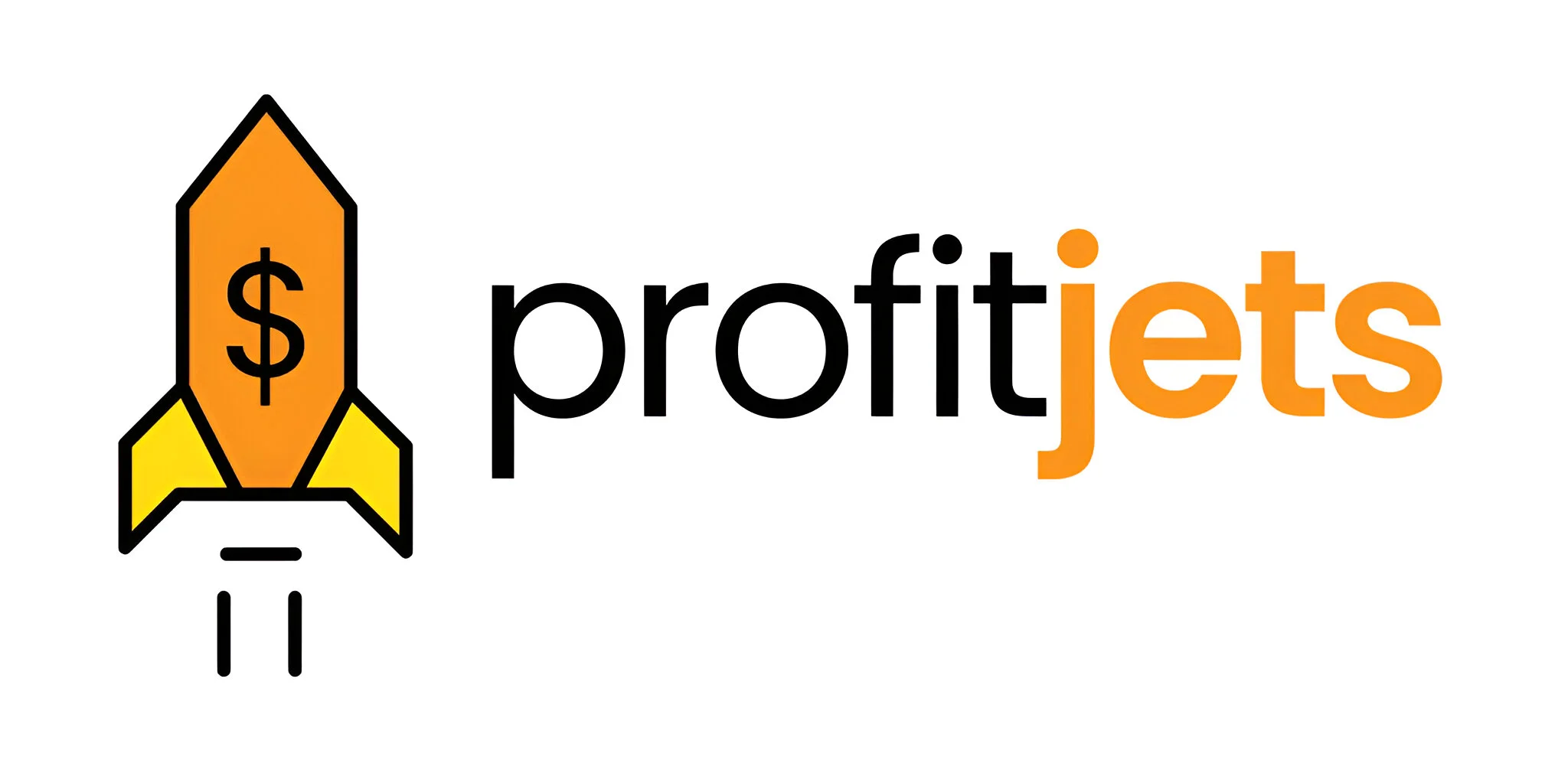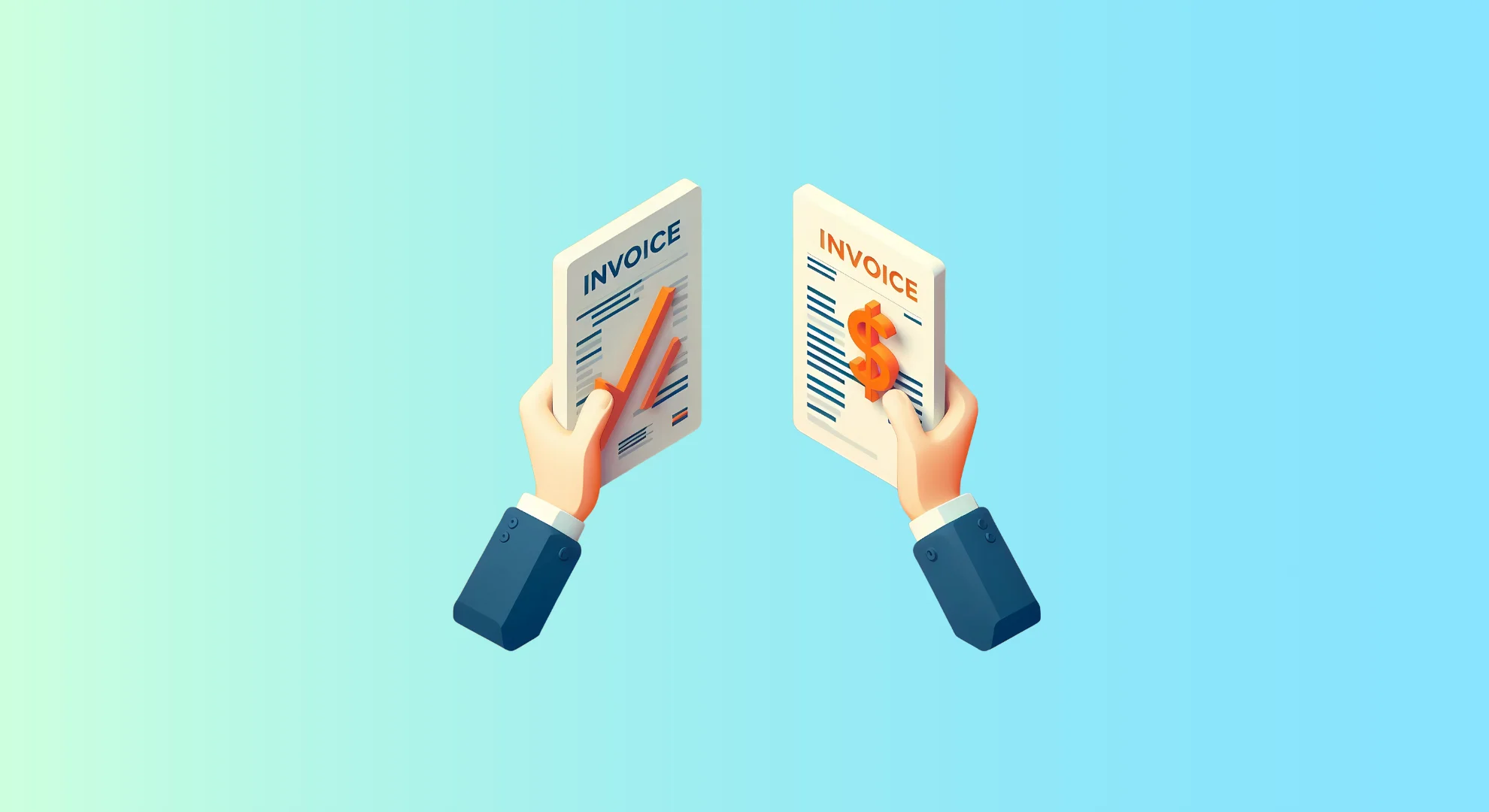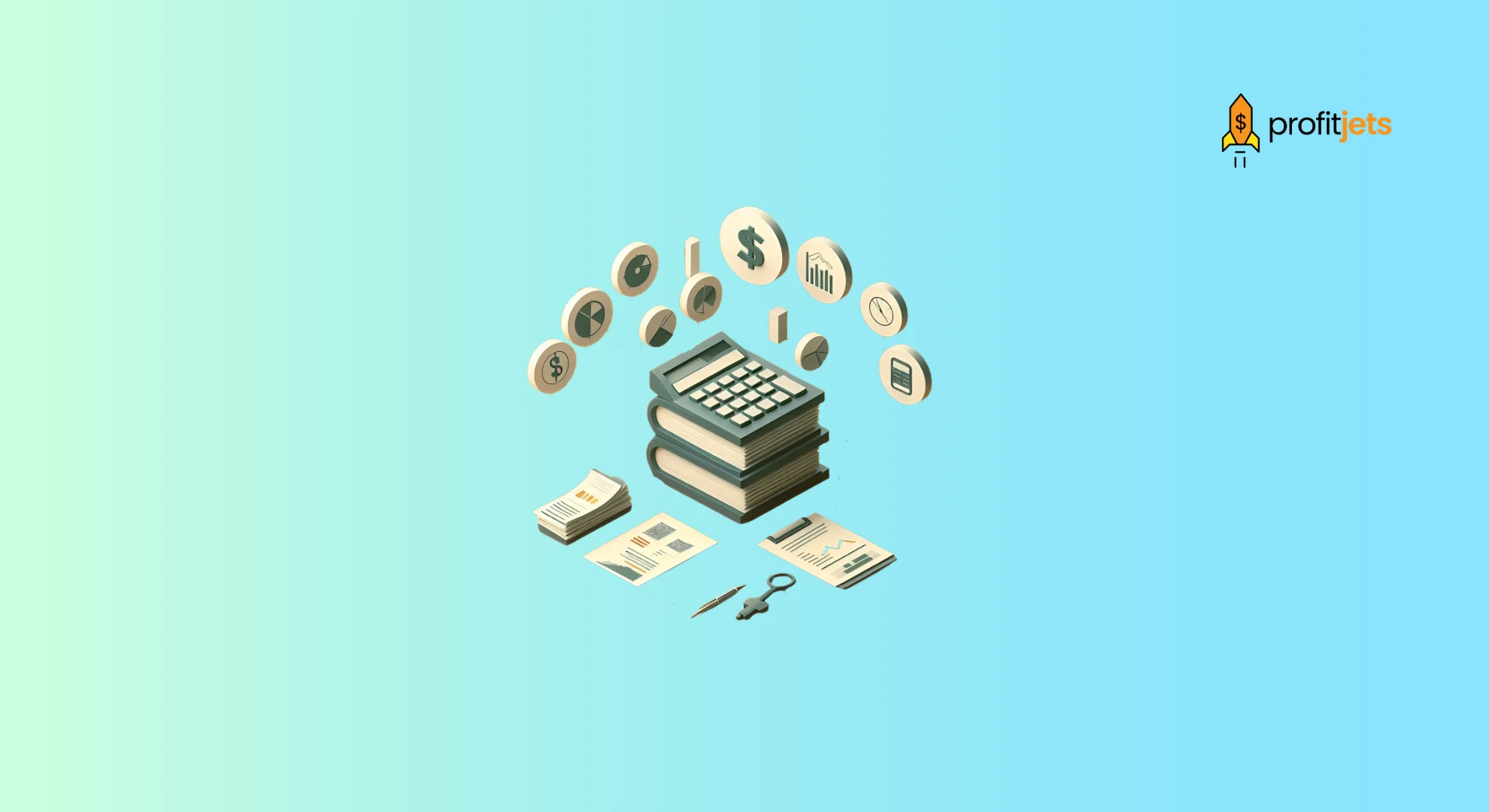In business finance, managing cash flow effectively is crucial for success. Companies use two popular methods to improve cash flow: invoice financing and invoice factoring. The financing options appear similar but have notable differences that can significantly influence your business. This article explores the critical differences between invoice financing and factoring, helping you make the best choice for your company.
Table of Contents
What is Invoice Financing?
Invoice financing provides a financial option for businesses to secure a loan using the amounts their customers owe. In this arrangement, the company retains control over its sales ledger and remains responsible for collecting customer payments. Invoice financing can effectively access funds quickly without waiting for customers to pay their invoices.
Also Read: What is Factoring Accounts Receivable
What is Invoice Factoring?
On the other hand, invoice factoring involves selling your invoices to a third party, known as a factoring company. The accounting company advances a percentage of the invoice value upfront and takes over collecting payments from your customers. This method lets businesses offload the burden of chasing payments and focus on other essential operations.
How Does Invoice Financing Work?
Invoice financing operates as a loan or line of credit based on your outstanding invoices. Here’s how the process works:
| Step | Action |
| Submit Invoices | Business submits unpaid invoices to financing provider |
| Advance Payment | Provider advances 80-90% of invoices value |
| Customer Payment | The customer pays the invoice, and the provider releases the remaining funds minus fees. |
How Does Invoice Factoring Work?
Invoice factoring involves selling your invoices to a factoring company, which then handles the collection process. Here’s how it typically works:
- Sell Invoices: The business sells its unpaid invoices to a factoring company.
- Advance Payment: The factoring company advances a percentage of the invoice value, often 70-90%.
- Collection: The factoring company collects payments directly from the customers.
- Final Payment: The factoring company releases the remaining balance minus fees after collecting payments.

Invoice Financing Process
The invoice financing process involves several steps, from selecting a provider to receiving your funds:
- Choose a Financing Provider: Research and select a reputable invoice financing provider that offers favorable terms.
- Submit Invoices: Provide your unpaid invoices to the provider for assessment.
- Receive Funds: After approval, receive an advance on the invoice amount.
- Manage Payments: Continue to manage your customer relationships and collect payments.
- Repayment: Repay the financing provider once the customer settles the invoice.
Invoice Factoring Process
The invoice factoring process is slightly different, as it involves selling your invoices:
- Select an Accounting Company: Choose a reputable accounting service that fits your business needs.
- Sell Invoices: Sell your outstanding invoices to the factoring company.
- Receive Advance: Get an upfront payment of a percentage of the invoice value.
- Collection Process: The factoring company takes over collecting payments from your customers.
- Receive Final Balance: Once the invoices are paid, the factoring company releases the remaining balance after deducting fees.
How Much Does Invoice Financing Cost?
The invoice financing cost depends on various factors, including the provider, the invoice value, and the agreed-upon interest rate. Typically, businesses can expect to pay:
- Interest Rates: Usually between 1% to 3% per month.
- Additional Fees: Some providers may charge setup, processing, or service fees.
How Much Does Invoice Factoring Cost?
The cost of invoice factoring can vary but usually involves:
- Discount Rate: Typically between 1% to 5% of the invoice value.
- Additional Fees: Factoring companies may charge additional fees, such as origination or late payment.
How Profitjets Can Help Your Business?
At Profitjets, we help businesses manage their cash flow and financial health through our comprehensive bookkeeping services. Whether you choose invoice financing or factoring, we ensure your financial records reflect the transactions accurately. Our CFO services provide strategic advice on the best method for your business. For those behind on their financials, our catch-up accounting services can quickly update your books. We also offer specialized and thorough tax services to ensure compliance and smooth financial operations. Let Profitjets handle your accounting needs so you can focus on growing your business.

Conclusion
When deciding between invoice financing and factoring, consider your business’s specific needs and the level of control you want over your customer relationships. Invoice financing allows you to retain control while accessing funds quickly, whereas invoice factoring can free you from the hassle of collections but may involve higher costs.
Choosing the right option can significantly impact your business’s cash flow and financial health. Consult financial advisors or professionals to determine which solution best fits your business model.










